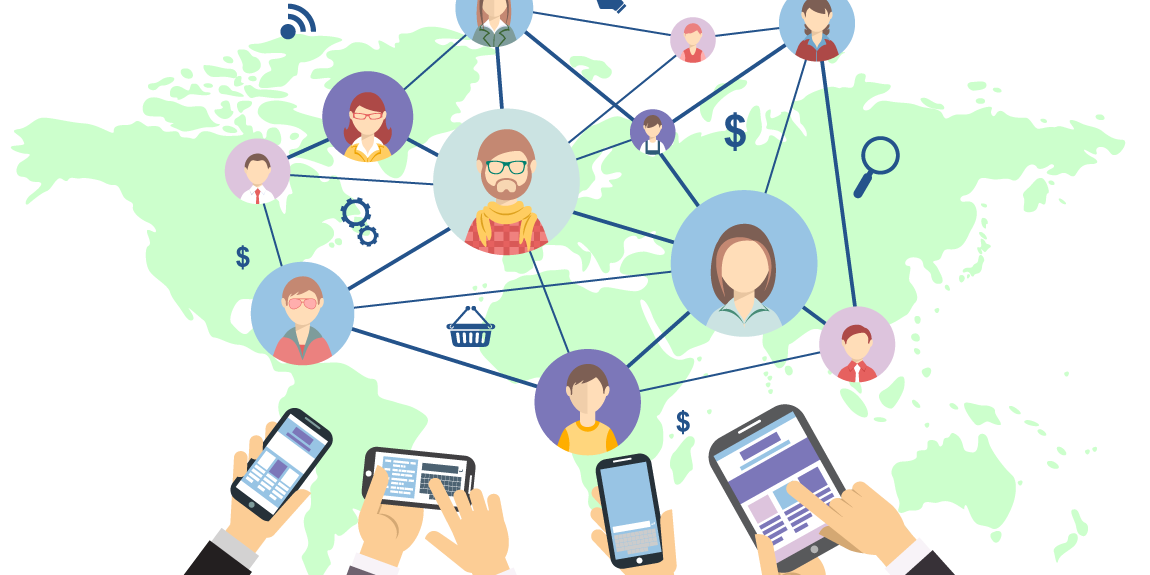It’s time to pay thought to hashtags if you’ve been neglecting them as some quirky “twitter language.” Hashtags are now on every social media platform and. I’m going to cut down the hashtag into the normal language in concerns that beginners will be able to understand the value in using hashtags on social conversation sites.
Social conversation with hashtags
Twitter is one the most beloved social conversation sites in the translation world because it is all about the written word. Of course Facebook, Google+, LinkedIn, Pinterest or Instagram have their place, but there is something about the Twitter conversations and how it determines people to capture the essence of a thought or news in 140 characters; this is very appealing to the world of words that is the translation services.

What is a hashtag?
It’s a word or words led by the pound symbol (without space).
What is a hashtag for?
In tech-speak, it’s a metadata tag. In English, that indicates that it is a way to social conversations. On social media, the hashtag groups different social conversations to make them easier to find (and sorted by topic).
Do hashtags cross over on different platforms?
No, they do not. This means that hashtags are appropriate to whatever platform you are on. So even if the #Bachelorfinale is trending on both Facebook and Twitter, you’d have to search separately on each platform to follow the conversations.
Another favorite part of Twitter are hashtags, hashtags allow you to filter tweets by category/subject. This helps people stay in a social conversation without following all of those that are in the specific conversation or having them become followers.
Translation hashtags
Whenever you choose to dive into the translation’s world of conversations here are some of the most useful hashtags for you.
-
- #translation – When it comes to a field, the most used related hashtag would be the name of the field, in this case #translation. Still, it is quite long so you have to sacrifice 13 characters of the allotted 144. It is also a general term so most people in the industry won’t be using it.
-
- #xl8 – It seems like this one is the favorite hashtag for translation professionals, although it is not easy to understand it. How would it translate into translation? “x” = trans; “l” = l (itself) and “8″ = ate. Giving: “trans” + “l” + “ate” = “translate”.
-
- #t9n – This one has a much more obvious derivation than the last (“t” = the first letter of translation, “9″ = the number of letters between the first and last letter of translation and “n” being the last letter of translation”).
-
- #l10n – Similar to the above one, #l10n means “localization” – a topic that is always popular on social conversation.
- n the dynamic field of the translation industry, utilizing relevant and popular hashtags on platforms like Instagram and Twitter can significantly enhance visibility and engagement. For professionals in the localization industry, especially those focused on regions such as the Nordic area, leveraging hashtags related to translation and localization can connect them with a broader audience interested in these services. By aligning with trending topics and major news outlets such as BBC News, Fox News, NBC News, BuzzFeed News, CBS News, and the Washington Post, translation services can capitalize on current events and popular culture, including figures like Dolly Parton, to create an emotional atmosphere that resonates with their target audience. Effective hashtag strategies help in reaching potential clients and engaging with industry peers, ultimately boosting the profile of translation services in a crowded digital landscape.

More networks for social conversation
There are a lot more of these hashtags which you can find by doing simple search in Google, so we won’t be listing them here. In case you were wondering why Twitter, it is probably because in order to express whole ideas you actually need to do it in only 144 or so characters, which is not always easy to do.
Twitter isn’t the only social network though. Another interesting one is Reddit where there are entire discussions about translation. Quora seems to have taken off the ground in this field also, although it isn’t a social media platform but a questions and answers site, it still allows one to follow certain people and vote their answers.
If you would like to know more about us please Follow us on Twitter and look for us #NordicTrans.
In the localization industry, especially within the Nordic region, Instagram posts and Twitter accounts play a crucial role in engaging with a global audience and showcasing the latest trends and services. However, it’s important to navigate these platforms carefully to avoid the pitfalls of fake accounts, which can undermine credibility and mislead potential clients. For researchers and professionals, tools like Google Scholar and Crossref Google are invaluable for accessing academic articles and validating sources related to topics such as gay histories and trans histories. These resources ensure that content shared on social media is backed by credible research and contributes positively to the conversation about these significant social issues. Proper use of social media, combined with rigorous academic validation, enhances the impact and reliability of information in the localization industry.
FREQUENTLY ASKED QUESTIONS
Nordik Trans Twitter refers to the Twitter account or presence associated with Nordik Trans, a service or organization involved in translation or localization, particularly in the Nordic region. It may share updates, news, and insights related to translation and localization within this geographical area.
Nordik Trans Twitter typically posts content related to translation services, localization industry news, updates on Nordictrans language trends, and insights into translation practices. It may also share relevant articles, success stories, and industry events.
To follow Nordik Trans on Twitter, simply search for their Twitter handle or account name in the Twitter search bar. Once you find the account, click the “Follow” button to receive updates and tweets directly in your Twitter feed.
Yes, you can usually contact Nordik Trans through their Twitter account by sending them a direct message (if enabled) or mentioning them in a public tweet. Check their profile for specific contact details or instructions.








